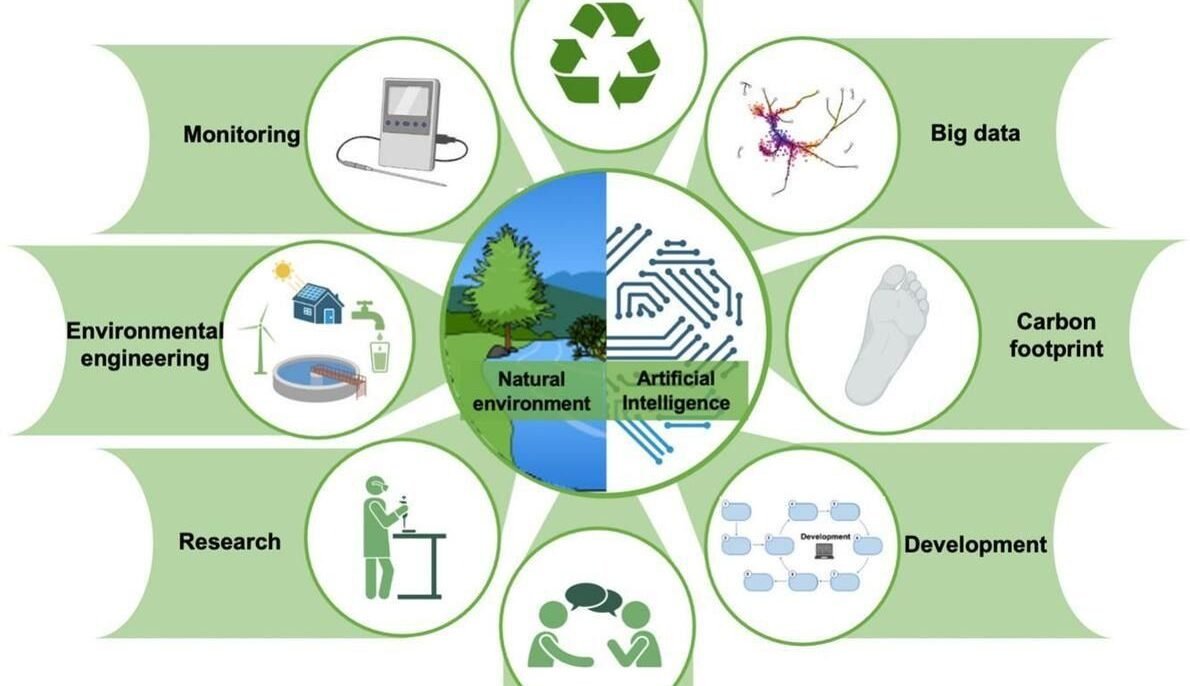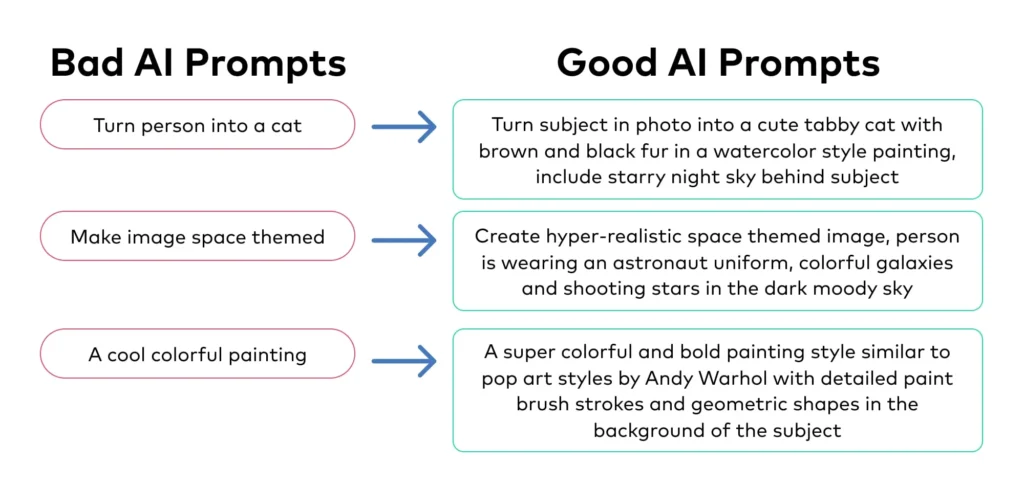
Artificial Intelligence (AI) is transforming our lives—but it comes with an environmental cost . Training large AI models like ChatGPT or Gemini requires massive energy consumption, often powered by fossil fuels. Learning how to use AI without destroying the environment means making smarter choices about:
1. Use Lightweight AI Tools Instead of Heavy Models
What it does:
Smaller AI models require less computing power and produce fewer emissions.
How to use it:
- Try lightweight models like:
- Phi-3 (Microsoft) – Runs on small devices.
- TinyLlama – Smaller version of LLaMA with lower environmental impact.
- DistilBERT – A lighter alternative to BERT for text analysis.
- Choose tools that run locally or efficiently in the cloud.
📌 Best for: Everyday users who want to minimize their digital footprint.

2. Run AI Locally on Your Device
What it does:
Running AI directly on your PC or Mac reduces reliance on cloud servers that consume huge amounts of energy.
How to use it:
- Install apps like:
- LM Studio – Run open-source AI models offline.
- Ollama – Local AI model runner for macOS and Linux.
- KoboldCPP – Run LLaMA models on CPU-only machines.
- Use renewable energy to power your device when possible.
💡 Bonus: No internet needed—perfect for privacy and sustainability.
3. Support Green AI Platforms & Companies
What it does:
Some AI companies are committed to sustainability and carbon-neutral operations.
How to use it:
- Look for AI services that:
- Use renewable energy-powered data centers
- Are part of the Sustainable AI movement
- Offer transparency about their environmental impact
📝 Tip: Prefer services from companies like Greenly , ClimateTech , or startups running on Google Cloud (carbon neutral) .

4. Limit Usage of High-Energy AI Features
What it does:
Some AI features—like image generation or real-time translation—consume more energy than basic text tools.
How to use it:
- Reduce use of:
- High-resolution image generators
- Large-scale language models
- Real-time video editing with AI
- Opt for simpler tools like Grammarly , ChatGPT Lite , or YouChat for basic writing help.
📌 Best for: Everyday tasks where high-end AI isn’t necessary.
5. Avoid Redundant Queries and Overuse
What it does:
Every time you ask a question, energy is used—especially on cloud-based AI. Being mindful helps reduce waste.
How to use it:
- Combine multiple questions into one prompt
- Save useful prompts and reuse them
- Batch your AI tasks instead of spreading them out
- Think before asking—does this really need AI?
📝 Tip: Reusing prompts and refining them saves both time and energy.
6. Use Energy-Efficient Devices & Power Sources
What it does:
Your own device’s energy source matters. Using AI on an efficient setup reduces overall environmental impact.
How to use it:
- Use laptops over desktops—they’re generally more energy-efficient
- Charge during off-peak hours when possible
- Use solar chargers or plug into renewable energy sources
- Turn off idle devices when not in use

🚀 Final Tips for Sustainable AI Use
- Prioritize efficiency over convenience
- Run AI on local devices when possible
- Support eco-conscious AI companies
- Avoid repetitive or unnecessary prompts
- Stay informed—many AI developers are moving toward green computing
📊 Popular Eco-Friendly AI Tools
| Tool | Environmental Benefit |
|---|---|
| LM Studio | Runs AI locally—no server emissions |
| Ollama | Lightweight, open-source, and energy-efficient |
| Google Bard / Gemini (Lite Mode) | Google claims 100% carbon-neutral operations |
| YouChat / You.com | Powered by clean energy and focused on ethical AI |
| GPT4All | Fully local AI model—runs on your machine |
| Hugging Face Transformers | Supports open-source, customizable models |
📌 Tip: Many offer free versions—just be conscious of how often you’re querying.
❓ Frequently Asked Questions (FAQs)
Q1: Does using AI hurt the environment?
A: Yes—large-scale AI training and inference consume significant energy. However, lightweight models and local execution can greatly reduce this impact.
Q2: Can I run AI on renewable energy?
A: While most cloud-based AI runs on mixed energy grids, you can choose providers that use green hosting or run AI locally on renewable-powered devices .
Q3: Are there truly eco-friendly AI tools?
A: Some platforms are moving toward greener AI , including those hosted on Google Cloud (carbon-neutral) or running smaller, efficient models like Phi-3 or TinyLlama.
Want more tips on using AI responsibly and sustainably? Subscribe to our newsletter and get weekly updates on eco-friendly AI tools, guides, and green tech news straight to your inbox!






0 Comments